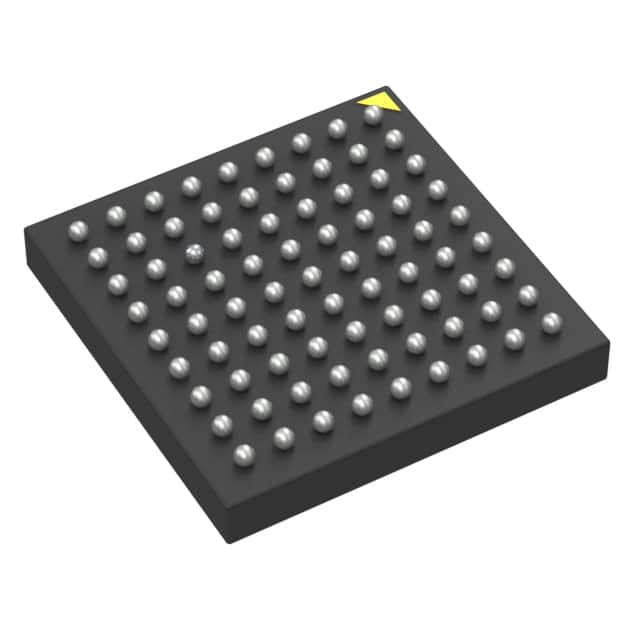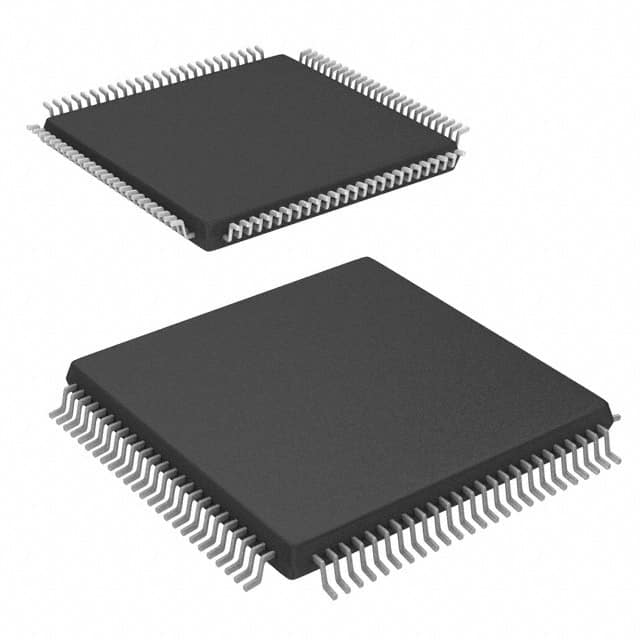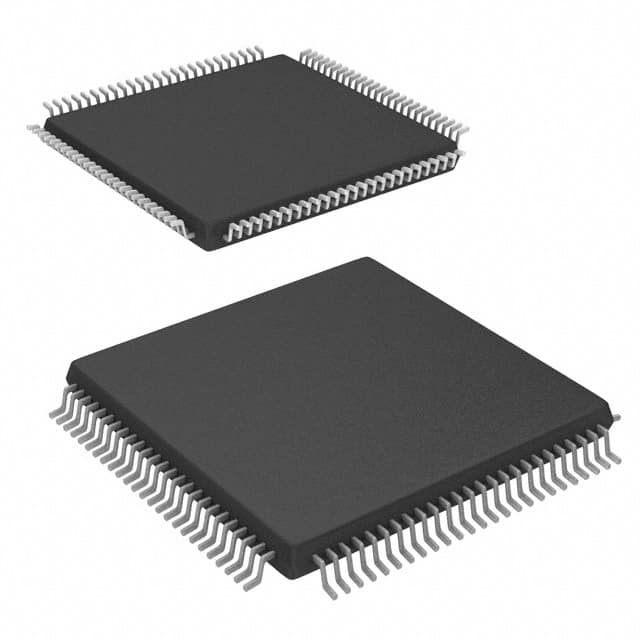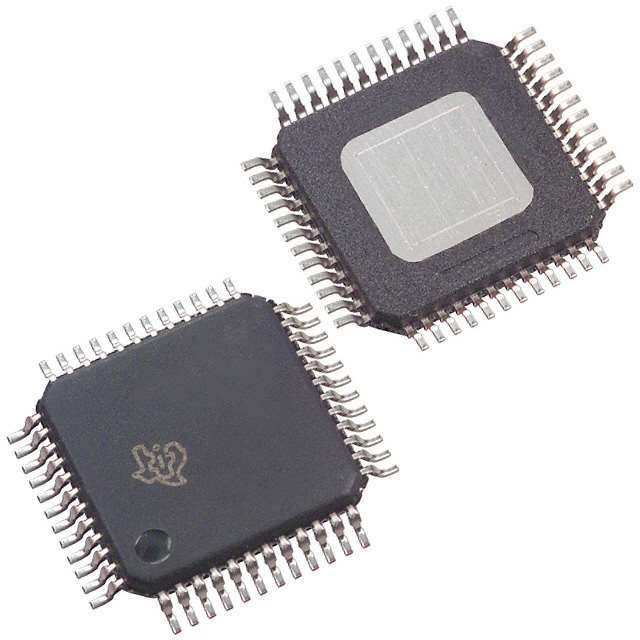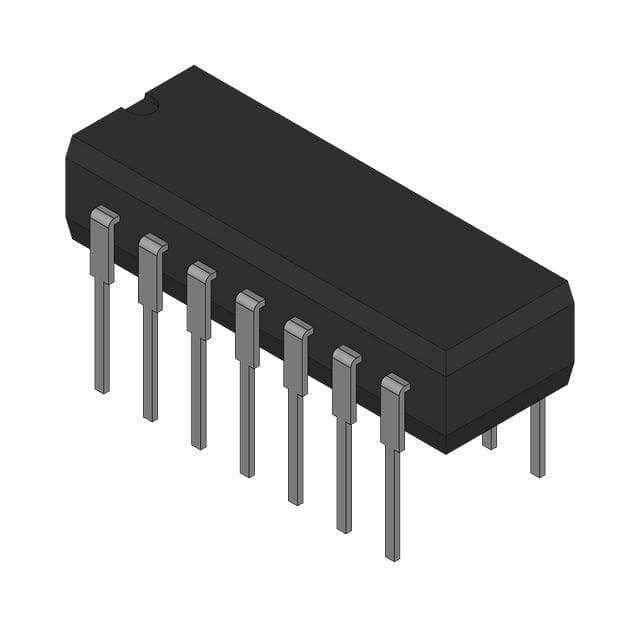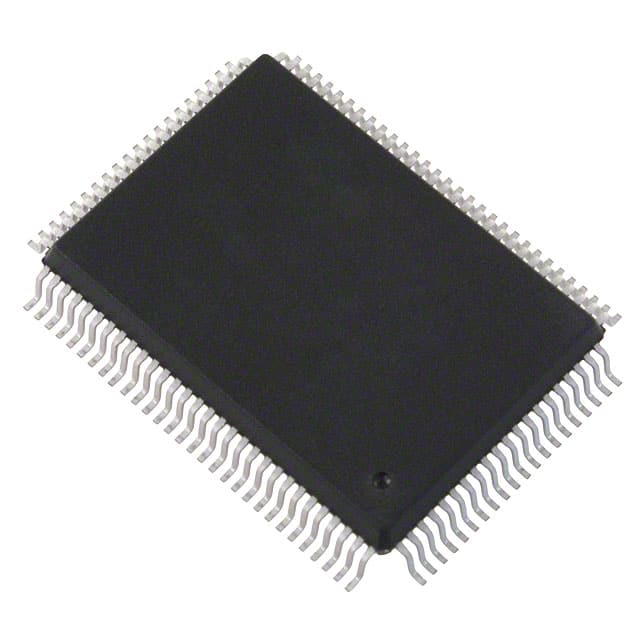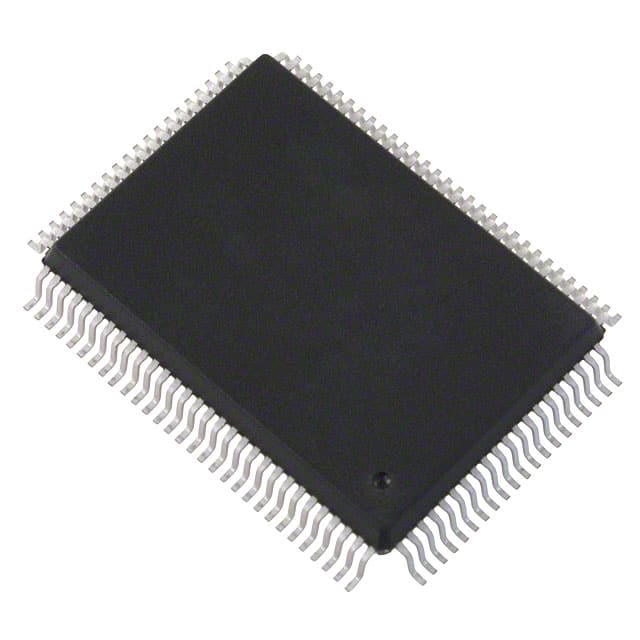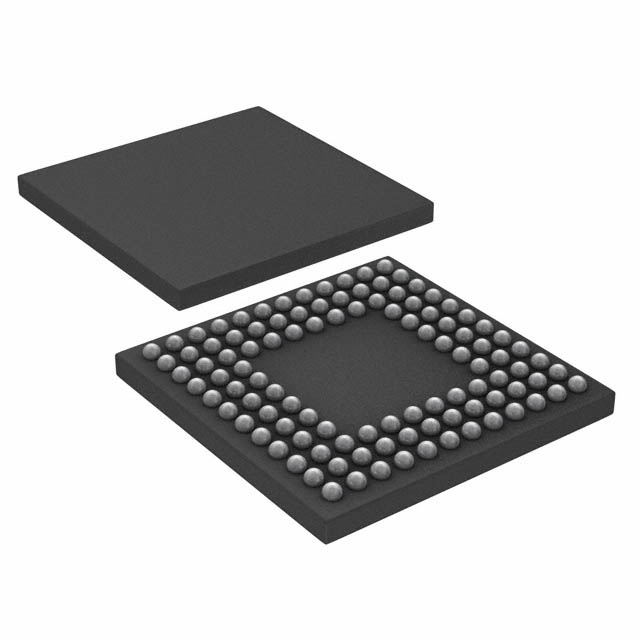ADUCM410BBCZ Product Introduction:
Analog Devices Inc. Part Number ADUCM410BBCZ(Embedded - Microcontrollers), developed and manufactured by Analog Devices Inc., distributed globally by Jinftry. We distribute various electronic components from world-renowned brands and provide one-stop services, making us a trusted global electronic component distributor.
ADUCM410BBCZ is one of the part numbers distributed by Jinftry, and you can learn about its specifications/configurations, package/case, Datasheet, and other information here. Electronic components are affected by supply and demand, and prices fluctuate frequently. If you have a demand, please do not hesitate to send us an RFQ or email us immediately sales@jinftry.com Please inquire about the real-time unit price, Data Code, Lead time, payment terms, and any other information you would like to know. We will do our best to provide you with a quotation and reply as soon as possible.
Introducing the Analog Devices Inc. ADUCM410BBCZ, a cutting-edge microcontroller designed to revolutionize the world of embedded systems. Packed with advanced features and unparalleled performance, this microcontroller is set to redefine the way engineers and developers approach their projects.
The ADUCM410BBCZ boasts a powerful ARM Cortex-M4 processor, offering exceptional processing capabilities and enabling faster execution of complex algorithms. With a clock speed of up to 100 MHz, this microcontroller ensures lightning-fast response times, making it ideal for applications that require real-time processing.
Equipped with a wide range of peripherals, including multiple UART, SPI, and I2C interfaces, the ADUCM410BBCZ offers seamless connectivity options, allowing for easy integration with other devices and systems. Additionally, its integrated 12-bit ADC and DAC enable accurate and precise analog signal processing, making it perfect for applications that require high-resolution data acquisition.
The ADUCM410BBCZ finds its application in a wide range of fields, including industrial automation, healthcare, and consumer electronics. From controlling complex machinery to monitoring vital signs in medical devices, this microcontroller provides the versatility and reliability needed to tackle any project.
In conclusion, the Analog Devices Inc. ADUCM410BBCZ is a game-changer in the world of microcontrollers. With its powerful processor, extensive connectivity options, and wide range of applications, it is the perfect choice for engineers and developers looking to take their projects to the next level.
Microcontroller is a kind of single chip micro controller, it is an integrated circuit (IC) used to central processing unit (CPU), read-only memory (ROM), random access memory (RAM), input/output (I/O) ports and timer and serial communication interface and other peripheral equipment. The main role of the microcontroller is as a control unit, responsible for receiving input signals, processing data, executing instructions and generating output control signals. Its function in the electronic system is similar to that of the brain, which can respond accordingly to programmed instructions and changes in the external environment.
Application
Microcontroller application field is extremely wide, almost covers all aspects of modern science and technology. In the field of industrial automation, microcontrollers are used for motor control, sensor data acquisition and automation equipment control, significantly improving production efficiency and product quality. In the field of smart home, smart door locks, smart lighting, smart home appliances and other equipment can not be separated from the support of microcontrollers, to achieve remote control and automatic management of equipment. In addition, microcontrollers are also widely used in the Internet of Things, automotive electronics, consumer electronics, medical equipment and other fields, becoming an important force to promote scientific and technological progress.
FAQ about Embedded - Microcontrollers
-
1. Is Arduino an embedded microcontroller?
Arduino is an embedded microcontroller platform based on open source hardware and software. It contains a microcontroller (MCU) and related modules that can interact with the external environment through hardware and software. The core board of Arduino consists of a microcontroller and related modules, with basic input and output connections and multiple communication interfaces, including serial ports, SPI and TWI, etc., which can communicate and transfer data with other devices.
Features of Arduino include:
Development environment: Arduino comes with a software development environment that can be programmed in C and C++ languages.
Libraries and functions: It has a rich hardware library and functions for rapid development.
Low cost: It is suitable for hardware development such as sensors, simple robots, thermostats and motion detectors, with low cost and simple operation.
Wide application: It is commonly used in projects such as IoT products, automation control and robots.
Compared with other microcontroller platforms, the advantage of Arduino is its simple and easy-to-use hardware and software tools, which enable electronic enthusiasts and general users to quickly realize various application projects.
-
2. What is STM32 embedded?
STM32 is a microcontroller suitable for control applications. It comes with various commonly used communication interfaces, such as USART, I2C, SPI, etc., and can control a variety of devices. In real life, many electrical products we come into contact with have STM32, such as smart bracelets, micro quadcopters, balance cars, mobile POS machines, smart rice cookers, 3D printers, etc.
An embedded system is a special computer system centered on applications, based on computer technology, and with customizable software and hardware. It requires small size, high reliability, low power consumption, and stable performance. The embedded system is divided into hardware layer, driver layer, operating system layer, and application layer. The hardware layer is the foundation of the entire system. The driver layer needs to write a driver program to enable the hardware to communicate with the operating system. The operating system layer is responsible for task scheduling and management, and the application layer is the interface and function implementation for direct user interaction.
-
3. What is the difference between an embedded MCU and a PLC MCU?
The main difference between an embedded MCU and a PLC MCU is that their application fields, system architectures, and programming methods are different.
Although both embedded MCUs and PLC MCUs involve MCU technology, their application fields are significantly different. Embedded MCUs are mainly used in non-industrial fields such as consumer electronics, automobiles, aerospace, etc. They emphasize high specificity and flexibility and can be customized according to specific needs. PLC MCUs are mainly used in industrial automation control fields, such as electricity, petroleum, chemical industry, machinery manufacturing, etc. The original design intention is to adapt to complex industrial environments and have strong stability and reliability.
In terms of system architecture, embedded MCUs usually have fixed hardware and software configurations, are designed and developed for specific applications, and hardware and software are tightly integrated to form a complete system. PLC MCUs are based on a modular architecture, and different modules can be added to achieve different functions. Both hardware and software are standardized, which is convenient for users to select and configure.
In terms of programming language, embedded MCUs are usually programmed in high-level programming languages such as C and C++. These programming languages have powerful functions and flexibility and can meet complex programming needs. PLC MCUs are mainly programmed in ladder diagram language. This graphical programming method is simple and easy to understand, which is convenient for users to get started quickly. In addition, it also supports some text programming languages, such as instruction lists and structured text.
 Lead free / RoHS Compliant
Lead free / RoHS Compliant



